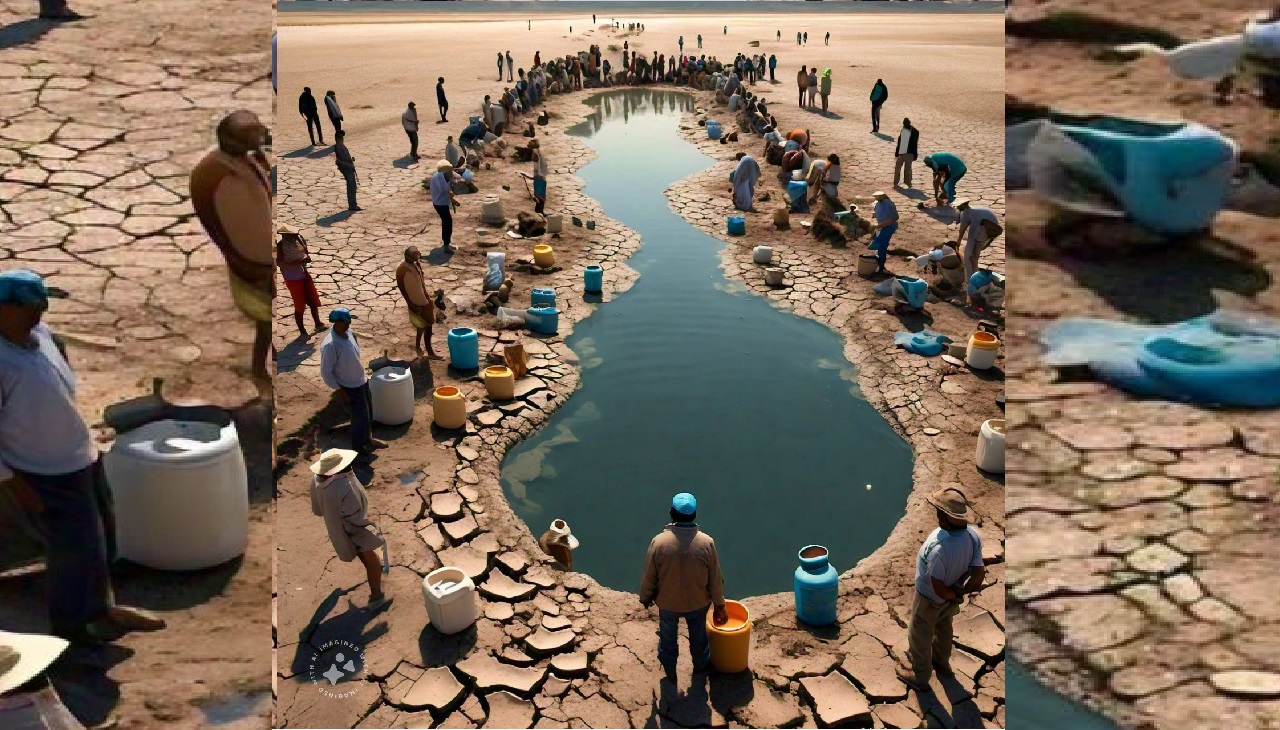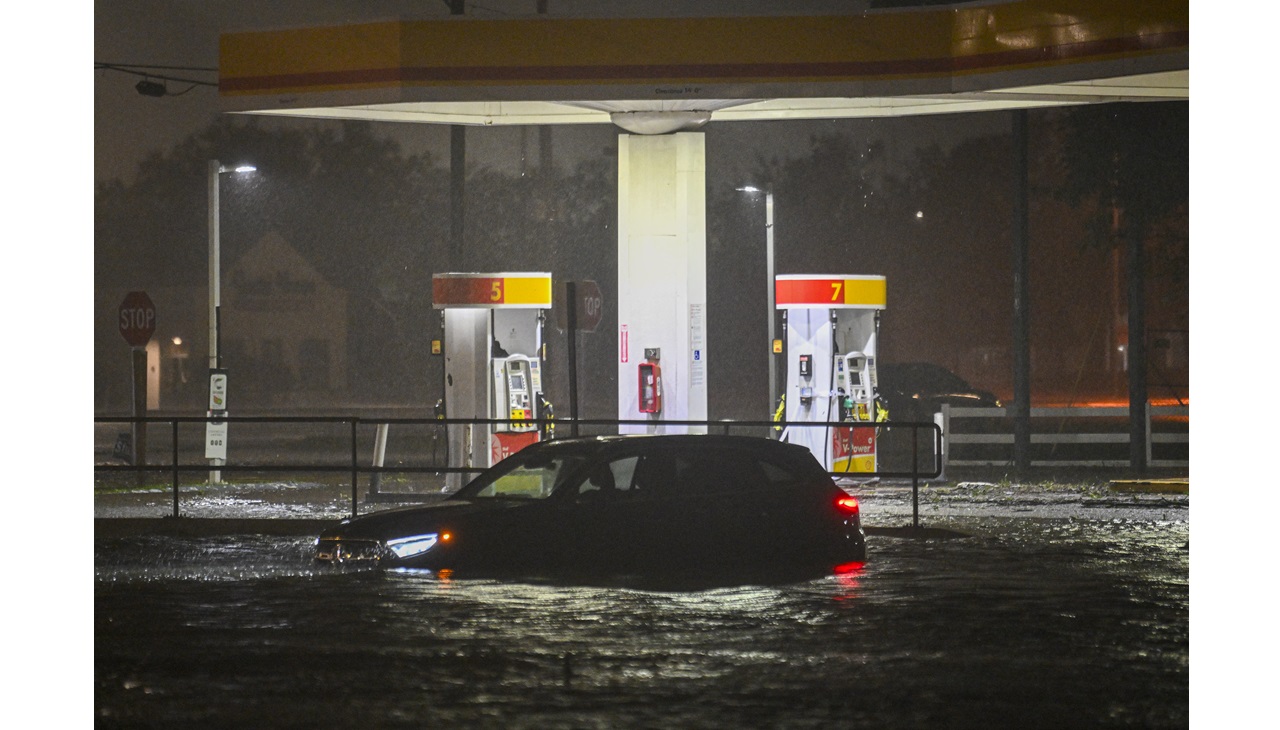
Puerto Rico relegated from U.S. COVID-19 data
One simple and serious fact serves as a portrait of the complex relationship between the island and the United States: the lack of data on the pandemic.
The discussion of Puerto Rico's status, revived by the non-binding referendum announced by Gov. Wanda Vazquez, finds another expression in light of the COVID-19 pandemic: the lack of information about the pandemic on the island and how it has been reported.
As reported by The Nation and the Center for Investigative Journalism (CPI), neither the New York Times, the Washington Post, USA Today, the Associated Press, Reuters, ABC News, NPR, The Guardian, Al Jazeera, Business Insider, Johns Hopkins University nor healthdata.org included Puerto Rico in the first versions of their maps about the coronavirus in the United States.
In some of these cases, there are territories that remain unincluded, even though Puerto Rico is already on the map.
In others, as in the case of the Johns Hopkins map, which has become a worldwide reference on the pandemic, Puerto Rico is referred to as part of the United States, but the quality of the information presented is different: while on the mainland it is broken down by county, in the case of Puerto Rico the sample is aggregated, without distinguishing the island's municipalities.
This, more than a problem of bonhomie on the part of the institutions that have developed the maps and published them for free access by the public, accounts for a disturbing gap in the relationship between the island and the rest of the country.
RELATED CONTENT
On the one hand, its lack shows that Puerto Rico is not, in the imagination of many people, included as part of the American territory. On the other hand, as reported by the Center for Investigative Journalism, some of these institutions have not reported the same information about the island because the entities in charge of providing it deliver different information for Puerto Rico and the states of the nation.
Such is the case with Johns Hopkins. When the CPI asked why for Puerto Rico they only reported the aggregate number of confirmed infections on the island, and not broken down by municipality, the spokeswoman responded that the reports they receive from Puerto Rico do not include the five-digit number that identifies each municipal location.
This shows a disparity in the handling of data that can have serious consequences in the decision making of both authorities and the population; such as assuming that it is safe to relax the social distancing measures while the number of daily cases continues to grow.
Such disparities may also serve as an argument for those who will push for the No campaign in the Nov. 3 referendum, as they may argue that independence would at least give them autonomy over the management of emergencies on the island, rather than depend on waiting for the allocation of federal resources to address the multiple calamities from which the island needs to recover.











LEAVE A COMMENT:
Join the discussion! Leave a comment.